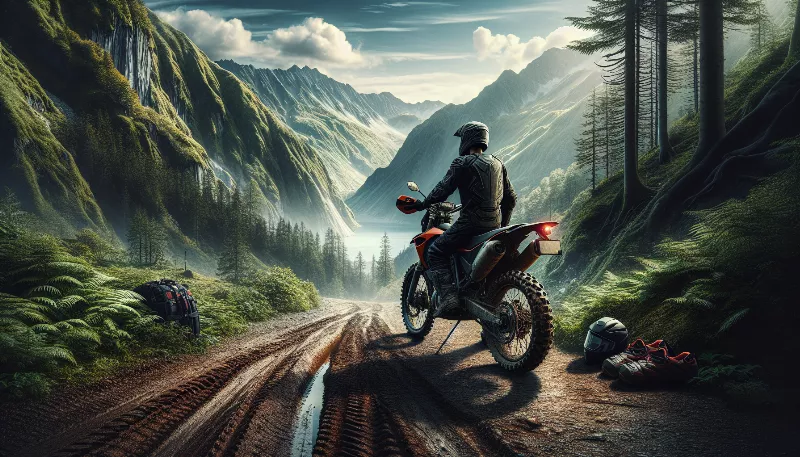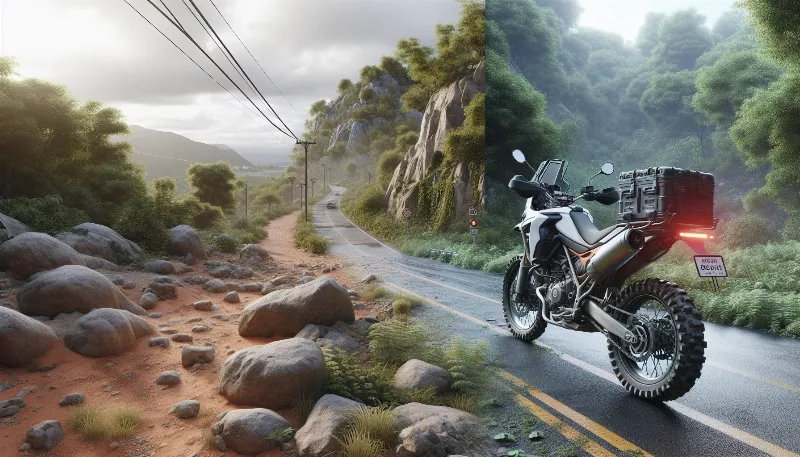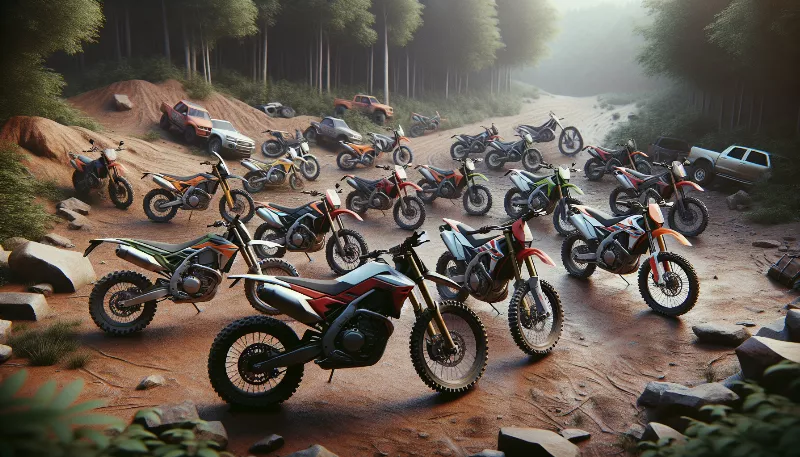What are the key differences between trail motorcycle tires and standard motorcycle tires?
Discover the unique features of trail vs. standard motorcycle tires for optimal grip & performance on different terrains. Make an informed tire choice!

Introduction to Motorcycle Tire Varieties
When it comes to motorcycle tires, the rubber truly meets the road. For enthusiasts and daily riders alike, understanding the differences between trail motorcycle tires and standard motorcycle tires is crucial for safety, performance, and the sheer joy of riding. Whether you're carving through mountain paths or cruising down the highway, the right tires can make all the difference. Let's dive into the key distinctions that set these two tire types apart!
Tread Pattern: The Grip that Defines Your Ride
One of the most noticeable differences between trail and standard motorcycle tires is the tread pattern. Trail tires are designed with deep, aggressive treads to handle a variety of off-road conditions, from mud and sand to rocks and roots. These treads provide the necessary grip and stability for unpredictable terrain. In contrast, standard tires, often referred to as street tires, have a smoother tread pattern optimized for paved surfaces. This design offers better traction on asphalt, ensuring a stable and comfortable ride on highways and city streets.
Rubber Compound: Durability Meets Flexibility
The rubber compound used in motorcycle tires is another critical factor that differentiates trail tires from their standard counterparts. Trail tires are typically made with a softer rubber compound that allows them to flex and conform to the rough surfaces encountered off-road. This flexibility helps absorb shocks and provides a better grip on uneven terrain. On the other hand, standard motorcycle tires use a harder rubber compound that can withstand the heat and abrasion of long-distance road travel, offering a longer lifespan when used on smooth surfaces.
Sidewall Strength: Resilience Against the Elements
Trail motorcycle tires boast reinforced sidewalls to endure the rigors of off-road use. These strengthened sidewalls are essential for preventing punctures and damage from sharp objects, which are common hazards on trails. They also contribute to the tire's overall durability and ability to support the bike on soft or unstable ground. Standard motorcycle tires, while still robust, prioritize flexibility and comfort for high-speed travel, resulting in a different sidewall construction that may not be as well-suited for harsh off-road conditions.
Profile Shape: Contouring for Control
The profile shape of a tire significantly influences a motorcycle's handling characteristics. Trail tires often have a more rounded profile, which helps the bike navigate through turns and over obstacles with ease. This shape allows for quick and responsive changes in direction, a necessity on winding and narrow trails. Conversely, standard motorcycle tires tend to have a flatter profile, providing a larger contact patch with the road. This design enhances stability and grip during high-speed cornering and straight-line travel on paved roads.
Air Pressure: Tuning for Terrain
Air pressure settings also differ between trail and standard motorcycle tires. Trail riders frequently adjust their tire pressure to match the terrain, lowering it to increase traction on softer ground, or raising it for firmer surfaces. Standard motorcycle tires generally maintain a consistent air pressure that's optimized for road conditions and vehicle weight, ensuring fuel efficiency and tire longevity.
Conclusion: Choose Your Path Wisely
In conclusion, whether you're an off-road adventurer or a city slicker, knowing the differences between trail and standard motorcycle tires is essential. From tread patterns and rubber compounds to sidewall strength and profile shapes, each aspect of a motorcycle tire is tailored to specific riding conditions. By choosing the right tires for your journey, you'll enhance your riding experience, improve safety, and get the most out of your beloved two-wheeled companion. So gear up, select your path, and enjoy the ride with confidence!










